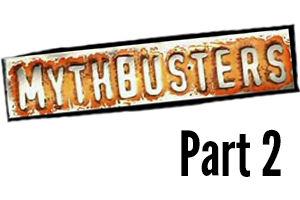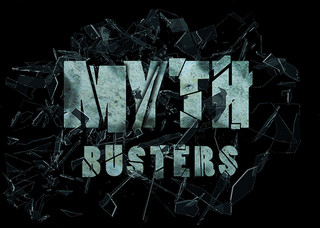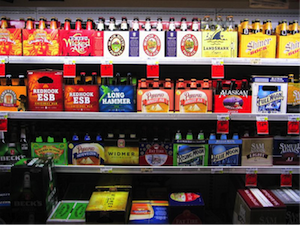 Last week I was both lucky and excited to travel to Dublin to Keynote at the 2013 Shopper Marketing Conference, hosted by Ireland’s leaders in in-store marketing, Visualise. I say I was lucky, because until the week before my partner Mike Anthony was slated to speak but emergency surgery kept him from travelling.
Last week I was both lucky and excited to travel to Dublin to Keynote at the 2013 Shopper Marketing Conference, hosted by Ireland’s leaders in in-store marketing, Visualise. I say I was lucky, because until the week before my partner Mike Anthony was slated to speak but emergency surgery kept him from travelling.
I was joined on stage by a number of exciting speakers, including Graham Kinsella of Dunnhumby; Visualise’s own Eoghan (pronounced Owen in case you are struggling!) Phelan; Rob Thurner of Burner Mobile; and Ken Hughes of Glacier Consulting. In a well-attended event, the audience – which was composed of leading brands, retailers and agencies – was treated to a number of insights into the behavior of Irish shoppers and advice on how to influence this. Here three shopper marketing lessons which most resonated for me.
Lesson #1 – Get the right message on the right media
Graham Kinsella shared how Irish shoppers had become more promiscuous over the last few years and how they increasingly are citing in-store media as the most relevant influencer of their purchase behavior. Whilst 45% shoppers use a shopping list when shopping, Graham told how many use this as only a guide and that the final decision is often influenced by what they see in-store, meaning that the choice of message and media needs to be optimized to ensure impact.
This message was graphically hammered home as Eoghan Phelan showed the response of Irish shoppers to examples of in-store creative. In a focus group environment, Irish housewives were seen to strongly reject consumer-focused messages about the brand, favoring clear massages that delivered a clear reason to buy. In his presentation however, Eoghan was at pains to show that communication does not have to be all about price: He demonstrated the incredible power of emotional messages in-store by showing shoppers’ response to images of Santa Claus on Coke’s 2012 Christmas campaign.
Rob Thurner supported this general theme to demonstrate the value and application of mobile in communicating to shoppers whilst giving practical tips on how to use the latest tech in an elegantly crafted and delivered presentation.
Lesson #2 In-store communication must ‘pinch nipples’
If anyone saw me tweet this last week they might now be hoping for an explanation. This was forth-coming from behavioral economist Ken Hughes, who has made watching shopper behavior his life’s work. As a world-leading speaker in the field, Ken brilliantly brought to life the key theme of his presentation: That shoppers, like ordinary humans, DON’T behave rationally.
He showed that whilst shoppers can behave outrageously in stores, most of us are operating on auto-pilot with low levels of engagement as we shop. He gave evidence of how, the longer we shop for, the faster we move and the quicker we make decisions. He also demonstrated how the average shopper might spend no more than 30 seconds in a category and as little as 2 seconds buying a product.
In this environment he urged marketers to use creative communication to arrest shoppers and engage them quickly – to effectively pinch them and bring shoppers out of auto-pilot. He showed how emotional messaging, guilt and, in one example, scent can stimulate people to stop, look and buy.
Lesson #3 – Shopper marketing –it’s a global revolution
Following so many great speakers, each delivering such high quality messages, I was impressed that the audience was really up for participating in discussion with me whilst I was presenting. Almost all of the audience agreed with me that shopper marketing was becoming more important in Ireland and many manufacturers are investing in building teams and competence in the area. It’s clear that in Ireland, as elsewhere, the impetus to market to shoppers as well as consumers and retailers is not just ‘smart marketing’. In Dublin, just as in Barcelona, marketing to shoppers also makes great financial sense – no-one disagreed with the proposition that just breaking even on in-store investment could double profits.
I’m equally convinced that organizations globally are struggling to integrate shopper marketing into their organizations effectively, and in discussions with some manufacturers after my presentation, it was clear that our five-step “Total Marketing” approach seems to be as practical and implementable in North-Western Europe, as it has proved to be in other regions of the world.
I hope you’ve find these shopper marketing lessons useful. If you’d like to see the complete presentation that I gave, please click here!
 In the
In the 


